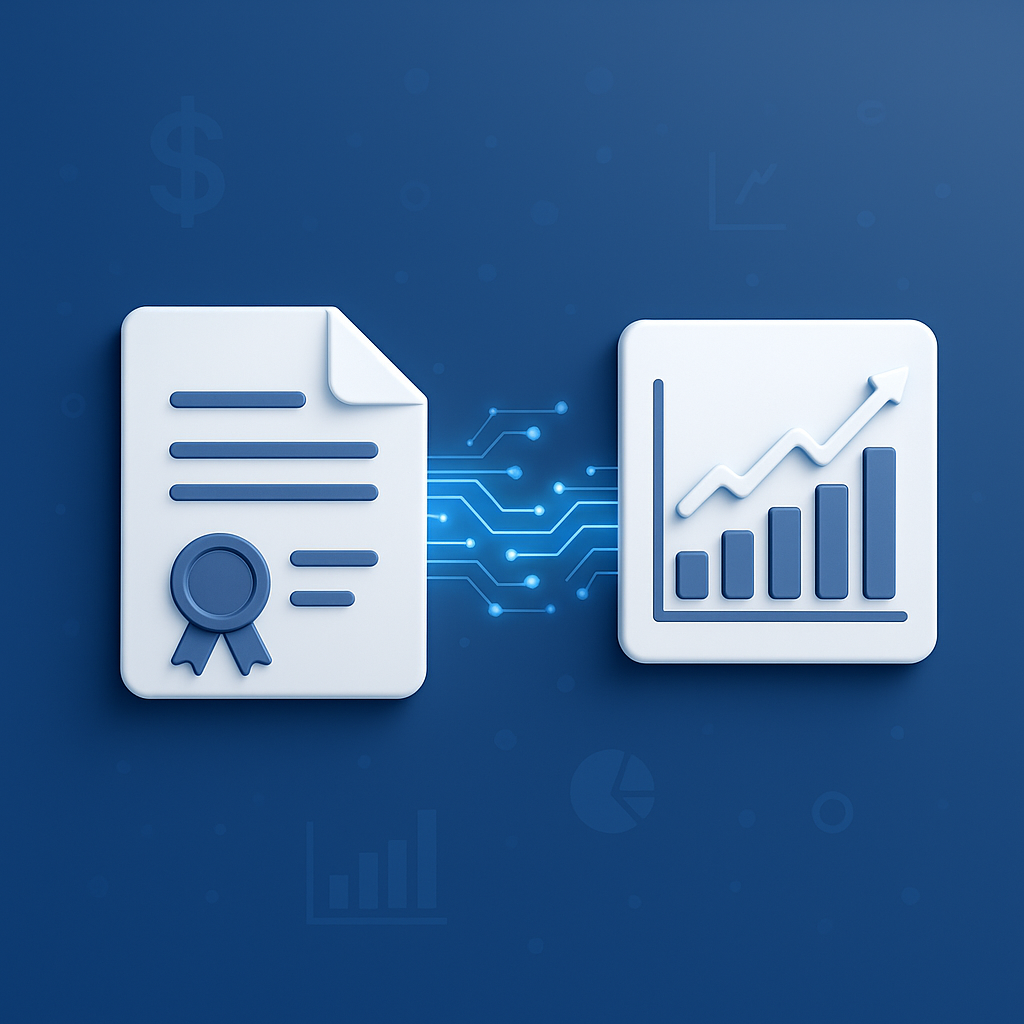
When it comes to stock trading and investing, the terms primary market and secondary market describe where and how securities are created and traded. Understanding the distinction between these two markets is key for investors looking to navigate the financial world with confidence.
At AlphaPulse, we not only track stock prices but also analyze sentiment trends, institutional flow, and IPO performance—giving our users a complete view of both primary and secondary market dynamics.
Key Takeaways
✅ The primary market is where new securities are created and first offered to investors.
✅ The secondary market is where those securities are bought and sold among investors after issuance.
✅ IPOs and bond offerings happen in the primary market.
✅ The secondary market includes stock exchanges like the NYSE, Nasdaq, and global trading venues.
With AlphaPulse, you can analyze both IPO sentiment in the primary market and trading patterns in the secondary market through our powerful AI insights.
What Is the Primary Market?
The primary market is where companies issue new stocks or bonds to raise capital. The most common example is an Initial Public Offering (IPO), where a private company sells stock to public investors for the first time.
AlphaPulse tracks IPO trends and investor sentiment so you can identify high-potential offerings early.
Who participates?
- Issuers (companies, governments)
- Underwriters (investment banks)
- Institutional and individual investors
Types of primary offerings:
- Rights offerings (existing shareholders can buy new shares)
- Private placements (sold to select large investors)
- Preferential allotments
New bonds are also issued in the primary market with coupon rates reflecting current interest conditions.
AlphaPulse’s bond tracking tools can help you monitor the bond market alongside equities.
What Is the Secondary Market?
The secondary market is what most people refer to as the “stock market.” Here, previously issued securities are traded between investors without the involvement of the issuing company.
For example, when you buy Amazon (AMZN) stock on an exchange, you’re buying it from another investor—not from Amazon.
Two main types:
1️⃣ Auction markets (e.g. NYSE)—buyers and sellers meet electronically and match orders based on bid and ask prices.
2️⃣ Dealer markets (e.g. Nasdaq)—market makers quote prices and facilitate trades using their own inventory.
At AlphaPulse, our sentiment analysis, trading signal tools, and real-time AI market monitors give you an edge in navigating these dynamic markets.
Key Differences Between Primary and Secondary Markets
| Feature | Primary Market | Secondary Market |
|---|---|---|
| Purpose | Raise capital | Provide liquidity |
| Participants | Issuers, underwriters, investors | Investors, traders, market makers |
| Example | IPO | NYSE, Nasdaq trading |
| Security type | Newly issued stocks/bonds | Previously issued stocks/bonds, derivatives |
| Company involvement | Yes | No |
AlphaPulse Insight
In the primary market, companies raise funds for growth. In the secondary market, investors trade based on sentiment, fundamentals, and technical signals—all of which AlphaPulse analyzes for you.
What About OTC Markets?
Over-the-counter (OTC) markets allow securities to be traded outside formal exchanges. This includes OTC Bulletin Board (OTCBB) and pink sheets, typically used for penny stocks and small companies.
AlphaPulse scans both exchange-listed and OTC securities to uncover hidden opportunities and potential risks.
Third and Fourth Markets
For institutional players:
- Third market: Off-exchange trades between broker-dealers and large institutions.
- Fourth market: Direct institution-to-institution trades.
While less relevant to retail investors, AlphaPulse tracks large block trades and dark pool activity to provide leading indicators of institutional movement.
How Will You Use This in Practice?
You can invest through both markets:
- Primary market: Participate in IPOs or bond offerings.
- Secondary market: Trade shares of established companies on exchanges.
For example, if you buy an IPO through the primary market, you’re getting in at the ground floor. If you buy later in the secondary market, you benefit from having market history and price discovery.
AlphaPulse offers IPO calendars, market sentiment analysis, and AI-driven stock screening to help guide your investment decisions.
How Primary Markets Function
- Companies and underwriters set offering terms.
- Securities are marketed and sold to investors.
- Proceeds go directly to the issuing company.
How Secondary Markets Function
- Exchanges and brokers facilitate trades.
- Supply and demand drive pricing.
- Investors gain liquidity and market transparency.
AlphaPulse gives you a clear edge by combining market data with AI-powered sentiment and trend analysis.
The Bottom Line
The primary market fuels company growth through new capital. The secondary market powers liquidity, price discovery, and investor opportunities.
At AlphaPulse, we help you understand both markets—and profit from them—by delivering cutting-edge AI insights, IPO sentiment tracking, and real-time secondary market signals in one unified platform.